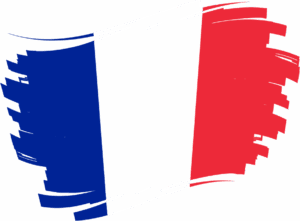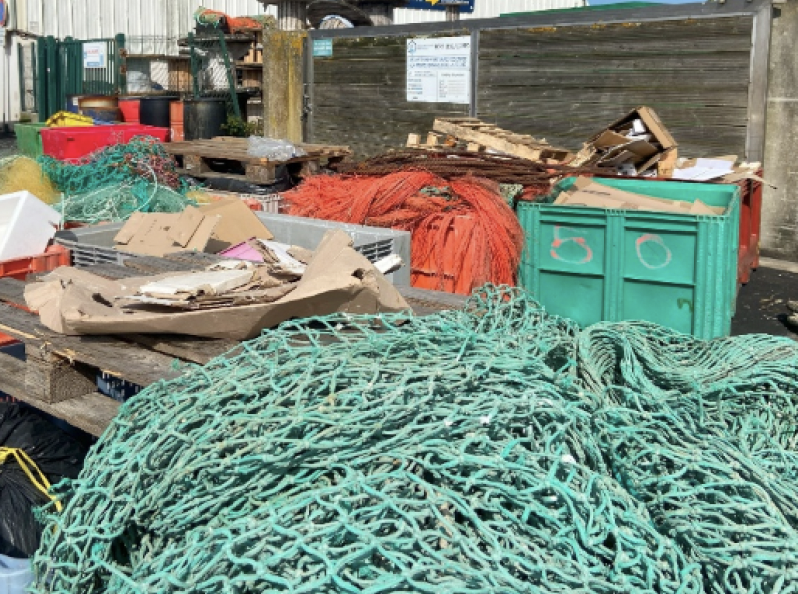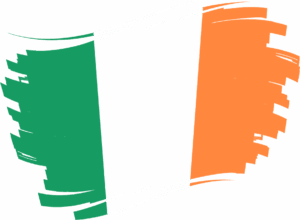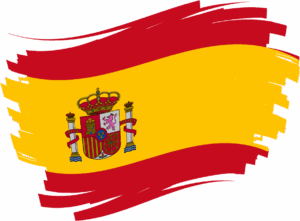
Fishing port of Camaret
Fishing port and marina
No fish market but fish preparation area 7 fixed vessels (small-scale coastal fishing)

Fishing port, marina & ship repair area Presence of a fish market
Flotilla of 98 vessels (mostly deep-sea)
![]()
• Closed port waste collection centre: a 30m3 skip for EOLFG (mainly trawlers)
• Bins on the docks for fishermen to put all their waste in when they disembark
• Storage space for used trawls that are not dismantled
• FILIPECHE project (2021-2022) recycling of trawls from Cornouaille ports, with a lorry sent to a trawl recycling facility in Denmark (Plastix)
• Local reuse initiatives: Recreational fishermen’s reuse of trawls in the storage area for their fishing activities
No existing recycling chain in France yet but large quantities of trawl nets.
• When the bins on the docks are full, two employees hired by the CCI collect the bins and carry out an overall sorting according to the flows (wood, EOLFG, CIW, etc.).
• The EOLFG are placed in the skip and Guyot Environnement transports it to the landfill site
Funding: included in the REPP (fishing port equipment fee) Management costs: 160€/T (2023)
Quantity: 92.2T of trawls (2023)
![]()
No existing practices. This type of waste is returned but not characterised or monitored in terms of volume.
REPECHONS LES OCEANS – The port has been contacted by the Ecoalf foundation’s Repêchons les océans programme to install bins in some ports in Cornouailles to collect passively fished waste. The operation has not yet produced conclusive results
![]()
• Nets are not recycled due to low volume.
• Illegal dumping on the docks, particularly at weekends, still too frequent despite the introduction of fines.
• Rope cuttings left on the docks, even though they are occasionally cleaned with a blower.
• 2 to 3 times a year, a diver cleans the harbour water (recovery of fishing gear).
• Cleaning of port docks 2 to 3 times a year (collection of bits of plastic, polystyrene, etc. in the port)
• Objectives:
o To be part of a project with a medium/long-term approach to find sustainable, long-term value chain for used trawlnets.

Fishing port and marina
No fish market but fish preparation area 7 fixed vessels (small-scale coastal fishing)

Fishing port, commercial port and marina Presence of a fish market
Flotilla of 40 fishing vessels (mainly coastal fishing) 1500 deep-sea trawlers landing fish every year.

Fishing port and marina
Presence of a fish market, online sales only Flotilla of 30 vessels (gillnetter and trollers)

This is small fishing pier with 19 regular boats from 6m to 28m, including 1 x Demersal trawler (Prawns), 2 x Pelagic vessels and Inshore fishing boats.
There is also a RNLI station and a Rowing Club attached to the pier.

A busy fishing harbour, home to a sailing club food shop/ smoke house, seafood shop, adventure facility, sailing club, coast guard, tour operators, boat yard, RNLI Lifeboat, net mending facility and a BIM ice plant.
Fishing practice: 12 regular boats under 24m,
Mostly bottom trawls, 1 x beamer trawl, 2 x pure seines Landings: White fish – Hake, Haddock, Whiting

A busy port that is home to several state organisations and fishing businesses. Including a seafood processing plant, an ice plant, fisherman’s co-op, and shipping agents. Cruise liners and island ferries also dock here.
30 x >20m fishing vessels are based at the port, the majority are whitefish trawlers.

Commercial, nautical-sport, tourism, fishing, and shipyard activities, fish market.
Fishing practice: for WIF, three trawlers from the Mares Circulares project (with lengths ranging from 28 to 36 meters) are collaborating
Landings: Atlantic mackerel, European anchovy, and Atlantic bonito

Fishing port, commercial port and marina. Presence of a fish market Flotilla of 55 fishing vessels :
mainly dredgers & caseyeur (pot vessels)

This is a multi-purpose port which accommodates approx.
20 trawlers, 5 scallop boats and 25 inshore vessels for crab, lobster & whelk. In addition, charter deep-sea angling vessels, tourboats to the Saltee Islands, and leisure crafts use the port.
There are also seafood processing plants next to the port.